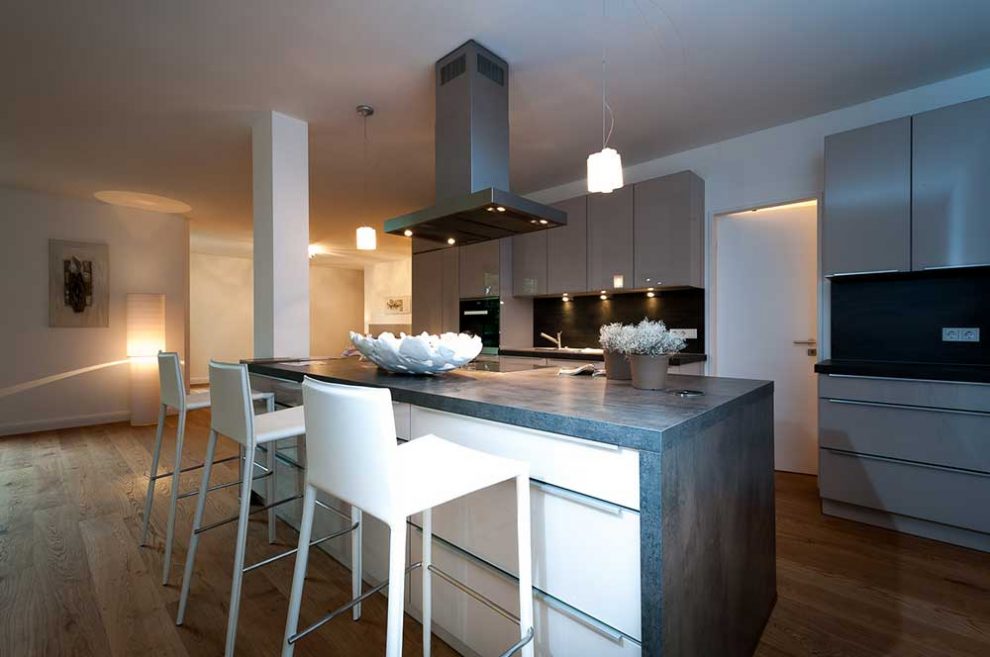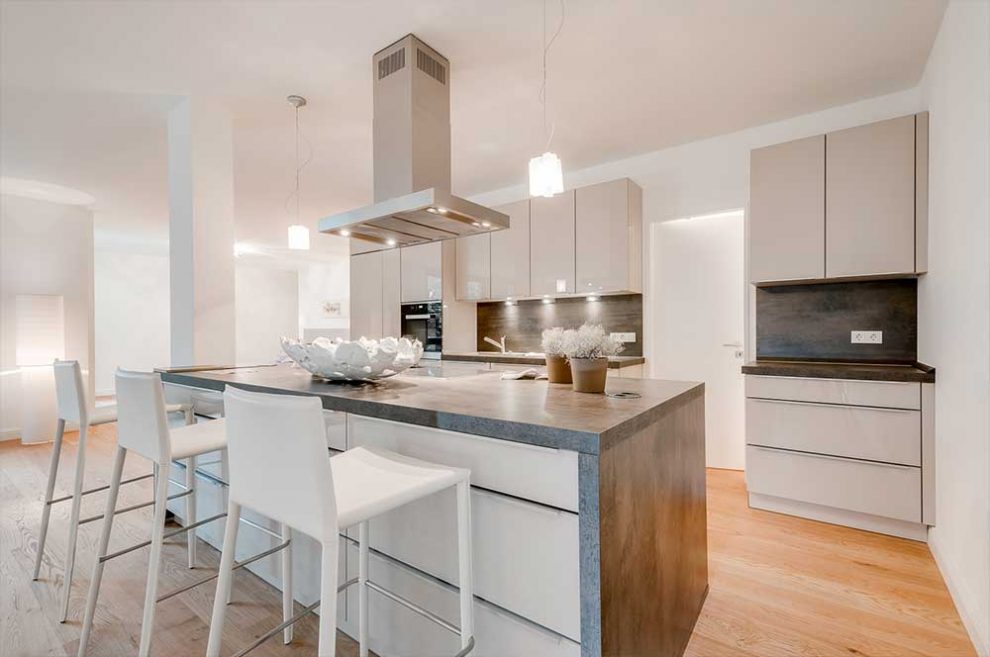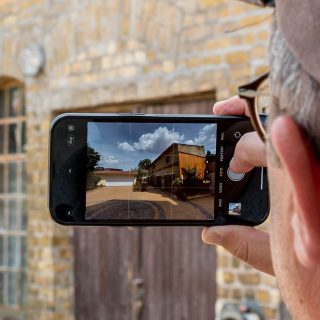 More than 10 years ago, for most photo amateurs photography was limited to special occasions, but today it accompanies us in all parts of our lives. Thanks to the rapid development of smartphones and the resulting images. Pretty much everyone carries such a small wonder flounder in their pocket or handbag. And many make diligent use of the built-in photo app because it seems fun to capture dinner, puppies playing, the view out of the hotel room window or a pop concert and at the same time share this experience with the whole world. Not even dangerous superficial knowledge plays a role – and picture quality certainly doesn’t, too.
More than 10 years ago, for most photo amateurs photography was limited to special occasions, but today it accompanies us in all parts of our lives. Thanks to the rapid development of smartphones and the resulting images. Pretty much everyone carries such a small wonder flounder in their pocket or handbag. And many make diligent use of the built-in photo app because it seems fun to capture dinner, puppies playing, the view out of the hotel room window or a pop concert and at the same time share this experience with the whole world. Not even dangerous superficial knowledge plays a role – and picture quality certainly doesn’t, too.
Little Sense for Image Quality
Because what suffers from this flood of images is the awareness of a good photo.
On the one hand, this affects your own ambition to take good photos instead of enjoying the automatic continuous fire mode. In the olden days many pictures were better because film photography was expensive and you had to try to get the desired result with the first shot if possible. Or with the second. The third one already hurt. So you gave more thought to each picture and then invested a little more time. Especially since you could not check the image result immediately and quality image processing was reserved for a few specialists.
On the other hand, the viewers of bad photos today increasingly accept the poor image quality from smart devices without criticism.
Okay, if one person takes a bad photograph and the other doesn’t notice, then nobody’s harmed – one might think cynically.
Dangerous Superficial Knowledge is Bad for Business
However, it becomes problematic when this I-don’t-care-habit finds its way into business.
Example from my own Business from about 10 years ago
In my marketing agency I was also the photographer for over 15 years. Most of the clients were medium-sized companies and needed all kinds of pictures – photos of events, portraits of the managment board, product imges, photos of industrial facilities, etc. In late summer of 2012 I was working on the layout of an image brochure for a manufacturer of industrial tools and was also supposed to contribute some product shots . Shortly before the photo session, the managing director canceled the shots because his trainee wanted to take the pictures with his smartphone. He then delivered below-average photos that could only be saved for the glossy brochure with a great deal of retouching. The project ended up being more expensive for him than it had originally been calculated with professional photos.
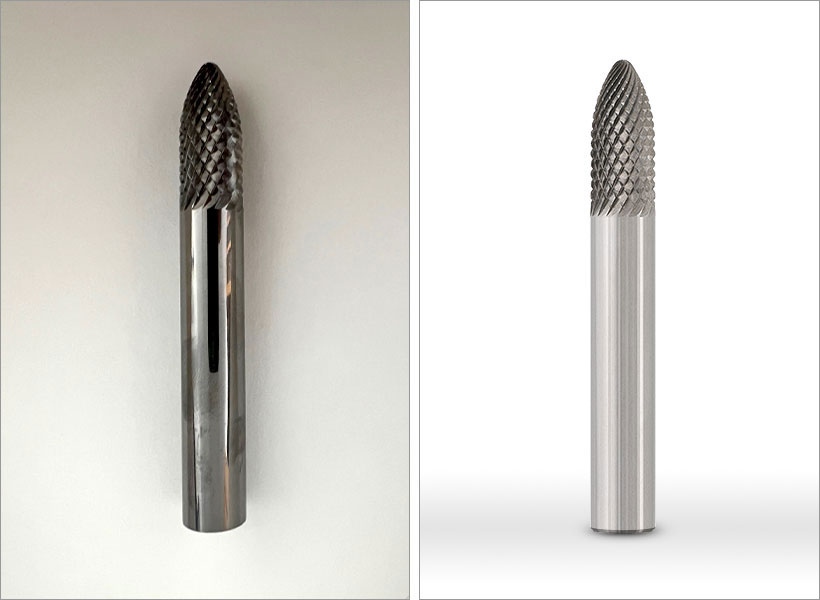
A case of overestimating oneself – Left: Photographs of this type were submitted by the trainee. The retouching effort took about an hour per tool – Right: The professionally photographed image of the same tool required little Photoshop.
At that point, it was already clear to me that I would gradually withdraw from my previous agency photography, because the takeover of power through random smartphone pictures would not be stopped – at least within my previous target group. So I looked for a photographic niche. At Christmas 2012, a flash of inspiration struck me: Where are the worst pictures? In the real estate sector! At the beginning of April 2013, after a short preparation, I started with PrimePhoto Real Estate Photography and I am still successfully working as the photo partner for real estate professionals.
During this time, I constantly exchanged ideas with many real estate professionals on the subject of their photography and gained a number of interesting insights.
Brokers Need Some Special Knowledge
Great agents are rarely good photographers. That’s not a concern, after all, since photography isn’t her job. But indirectly they still earn money with their photos.
Some have no clou at all about photography, others ignore useful functions of their camera (even on smartphones), some have dangerous superficial knowledge. They have often snapped some info on this in the course of your life, be it in a nude photography course at the community college, in a conversation with a professional photographer on the sidelines of a wedding or when they were browsing through a photo magazine at the airport. Some contexts were partially forgotten, others were not understood perfectly or combined incorrectly, but they firmly believe that this pseudo-knowledge is good for taking pictures.
The special conditions under which real estate photos have to be taken – i.e. bad light and little space – are not even mentioned at this point.
Interim conclusion: Agents who hire a specialized photographer are generally much happier. And those who absolutely want or have to take photos themselves need some special knowledge to safely take the hurdles of real estate photography.
We Experience Dangerous Superficial Knowledge Every Day. Everywhere.
In psychology, we speak of the Dunning-Kruger effect when it comes to overestimating one’s own abilities. The American psychologists David Dunning and Justin Kruger originally investigated a bank robbery in which the unmasked criminal felt so superior that he thought he could simply ignore the surveillance camera and didn’t want to understand afterwards where the mistake in his plan was.
However, the principle can also be applied to young male drivers who are convinced that they drive their vehicle more safely than the rest of the road users (although they make up the majority of those who cause accidents). It’s the same with the 80 million national coaches who believe they can line up the national team better than the paid coaching staff of the German Football Association. Or the previously mentioned career starter and his boss who, after an apparent success, think they are mature enough to compete with experienced professionals.
Four Classics for Dangerous Superficial Knowledge in Real Estate Photography
Here are four statements with dangerous superficial knowledge that I have encountered in everyday life as a real estate photographer and photo trainer. I’ll try to neutralize them so you never use those arguments again in the future.
„A camera is good if it has a good depth of field“
That sounds like skilful shop talk. But here different terms are mixed up, which in the end lead to a meaningless statement.
While the camera initially only focuses on one distant point, the sharpness can be extended to an area in front of and behind this focus point – i.e. in depth – primarily by adjusting the lens. That’s why this zone is called „depth of field“. Optical laws are responsible for this, which have to do with the focal length and the size of the lens opening.
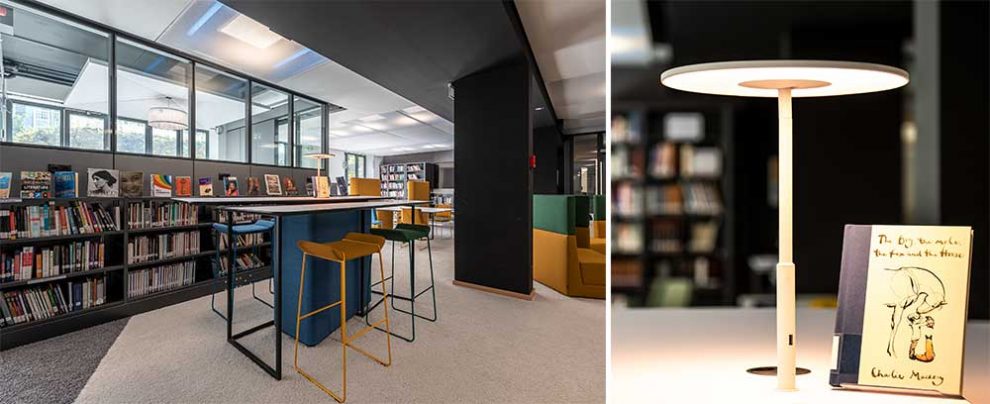
Real estate photos with and without depth of field – left: entire room shot of a library, all image areas are sharp – right: detailed shot of the reading lamps, the lamp is sharp, the background blurs deliberately – caused by setting the focal length and aperture on the lens.
Whether depth of field is good or bad always depends on the intention for the respective photo. We rather speak of large or small depth of field. When taking pictures of an entire room, this focus area should be as large as possible so that everything appears sharp. Meanwhile, only a small zone of sharpness is desired for detail shots, and the foreground and background should be blurred. This is influenced by the selection and setting of the lens.
The quality of the depth of field has nothing to do with the camera. At most, the size of the built-in camera sensor affects the stretching of the focus area.
„I can photograph a dark room only with flash“
That seems logical. After all, you need light to take photos. And if there is none, you have to bring some with you. For example a flash or strobe.
However, if the flash is mounted on the camera, the light produced is unnatural, somewhat as if you were looking at the scene with a headlamp on your forehead: the scene is overexposed near the camera, in the distance there is usually a lack of light because the light intensity decreases rapidly (actually with a power of two) with increasing distance . Flash photos can also be recognized by unnatural reflections and harsh shadows.
You can also place a flash in the room as a fake light, soften the light and trigger it remotely, but this requires a lot of experience and does not fit into an efficient photography workflow.
Left: Photo with flash – short range, hard shadows, unexpected reflections
Right: Photo without flash – uniform illumination by the available room light
It is much better to use the remaining natural light or, if necessary, the existing room lighting. With the right camera settings and a stabilized camera – for example on a tripod – photos can be created that come closest to the natural impression.
„It works without a tripod, because my camera has a high ISO“
Here someone paid close attention and used the right terms in the correct context. Unfortunately, this statement is suboptimal for real estate photography.
A tripod is designed to hold the camera in place. With its help the camera doesn’t move during longer exposures in low light. However, there is an ISO setting on the cameras that changes the light sensitivity of the sensor. So you could push the ISO value in low light to keep the exposure time short and thus possibly take sharp photos without a tripod. The main disadvantage here is that the image quality suffers as the ISO value increases. The photo gets noise – neighboring pixels of a surface of the same color suddenly have different brightness and color, so that the image becomes speckled.
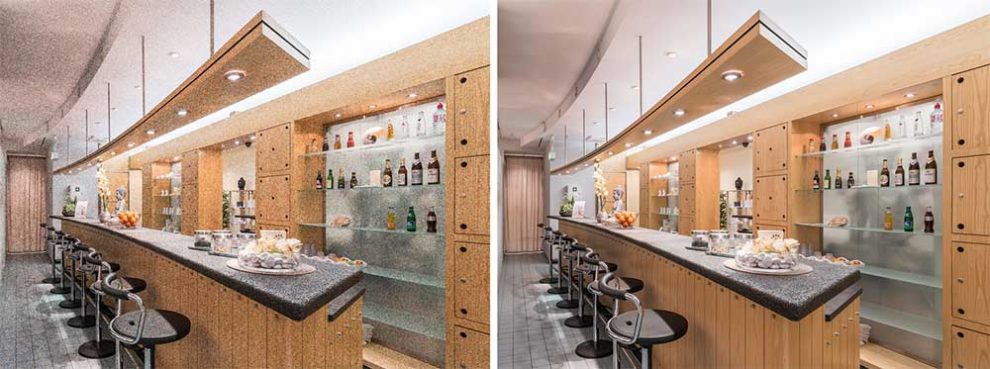
Low ISO values make better real estate photos – Left: Hotel wellness bar photographed freehand with ISO 12,800 – Right: Same subject taken with ISO 100 from a tripod
Even if you increase the ISO value moderately, image noise will become noticeable in image processing. At least when brightness, contrast and other tonal values are adjusted.
The best real estate photos are taken with the lowest ISO value and photographed from a tripod to prevent blurring.
Apart from that, you benefit from other advantages when photographing from a tripod. For example when taking bracketed shots you keep position. Also if you have found out that you have to repeat a shot immediately. Or you can use the tripod position to replace an uncomfortable shooting position.
„My phone has 108 megapixels for top photos“
Congratulations! This is definitely a great smartphone with impressive features. Whether it is suitable for real estate photography remains questionable.
Consumers are happy to follow manufacturers‘ statements about megapixels and think that many megapixels make better photos. However, this may not always be the case. The decisive factor for image quality is the size of the individual pixels. Simple causal chain: The more pixels that have to fight for space on the limited sensor area, the smaller they are, the worse the raw image quality is and the more the camera’s internal image retouching has to intervene. However, the algorithms responsible for this are not necessarily designed for real estate photos. They are rather made for the leisure sector and uncritical lighting conditions.
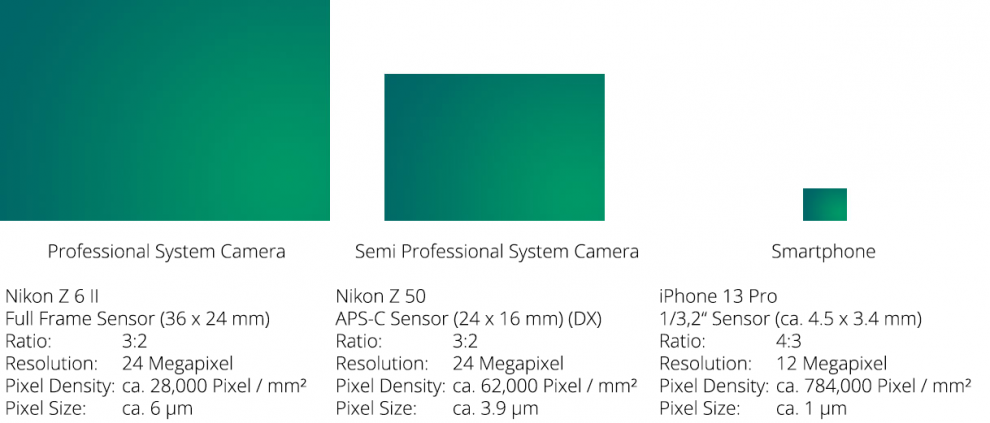
Sensor comparison: The density of a smartphone is 28 times higher than that of a professional camera. The smartphone tries to compensate for the resulting image weaknesses with subsequent automatic image processing in the camera.
Manufacturers of amateur cameras have image quality under control up to 30 megapixels with respect to real estate photography. This value is far lower for smartphones. The pixel size of the iPhone 13 Pro with 12 megapixels is around 1.0 µm. While a good amateur camera with an interchangeable lens and 24 megapixels is 3.9 µm and more. And this difference determines image quality.
One for the correctness. The current 108-megapixel models have a maximum of 20 megapixels after switching to the ultra-wide-angle lens for indoor shots. But they are also claustrophobic and only produce average quality in terms of image noise and image dynamics.
Conclusion
What makes dangerous superficial knowledge so threatening? It gives you a certain sense of security. So that you believe that your way of photographing is the right one and that your photos are good enough.
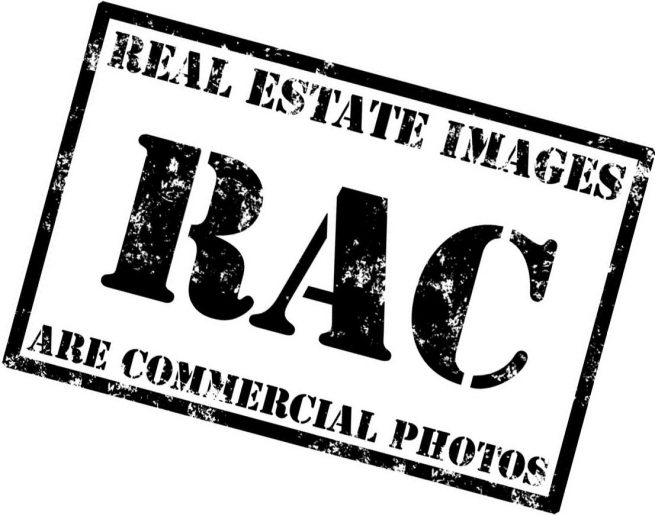
Instead, cardinal photographic errors can occur. And these, in turn, are detrimental to business in the long run. Because real estate images are commercial photos – not only for the sale of a specific property. First and foremost they support your own reputation as an excellent real estate company. With strong photos you stand out from the competition and underline your good image as a real estate professional. This way, you emotionally bind potential prospects in just a few seconds and efficiently pave the way to sales success.
These are not empty phrases, because this is exactly what former participants in my photo workshops for real estate professionals have confirmed over and over again. ISO, flash, tripod, megapixels and depth of field is no longer foreign language for them. They use these terms successfully in normal day-to-day business for better real estate photos.
And there is a win-win effect. In addition, nobody prevents them from sharing better private snapshots with their new photo knowledge in the future.
Appropriate links against dangerous half-knowledge
Verification of photo performance of realtors
Workshop „Fundamentals of Real Estate Photography“
Equipment recommendation for real estate photos
real estate photography


